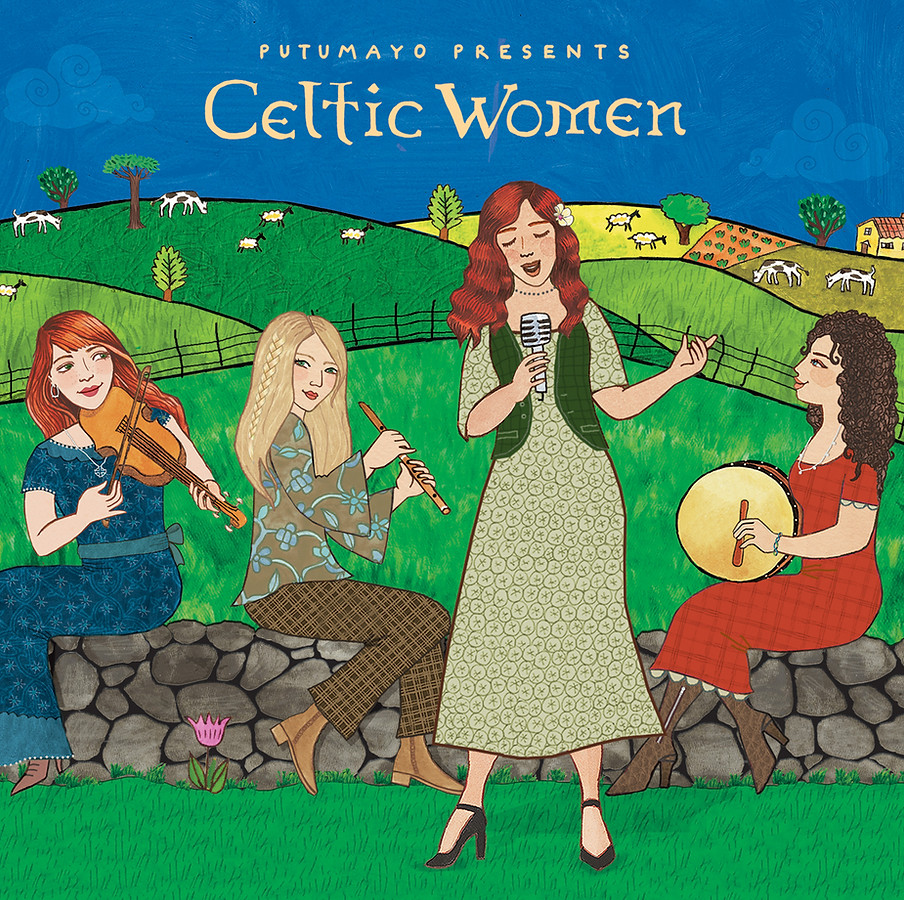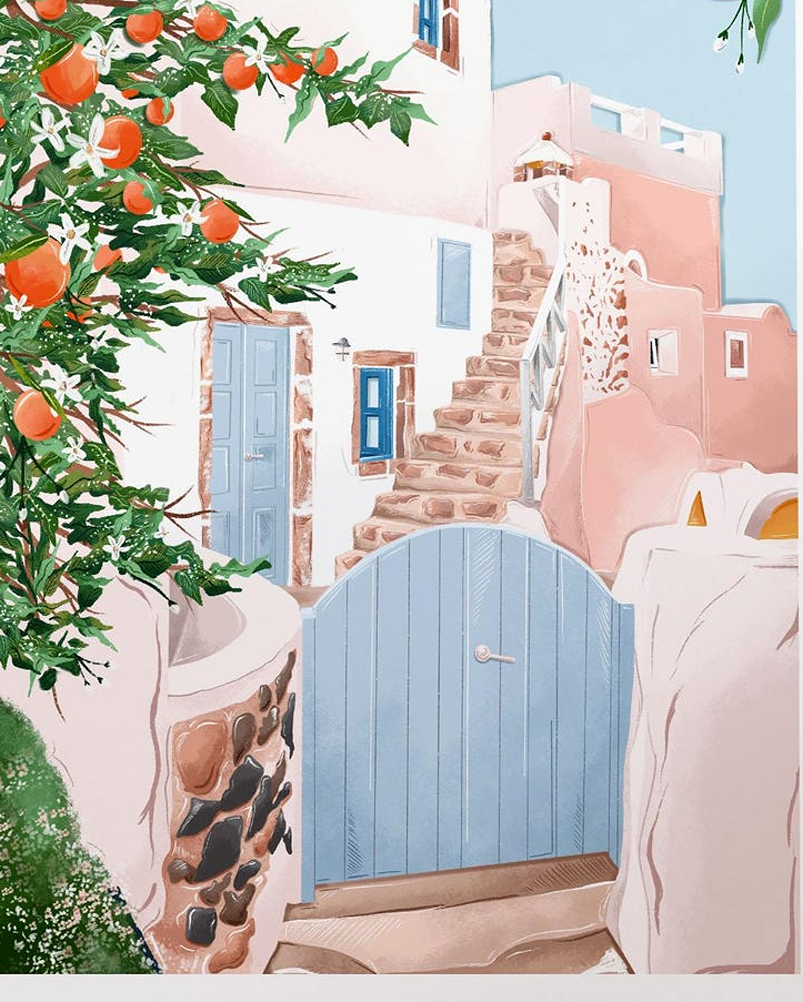Make Your Own Vegan Japanese Recipes
A Japanese-Style Katsu Curry Recipe
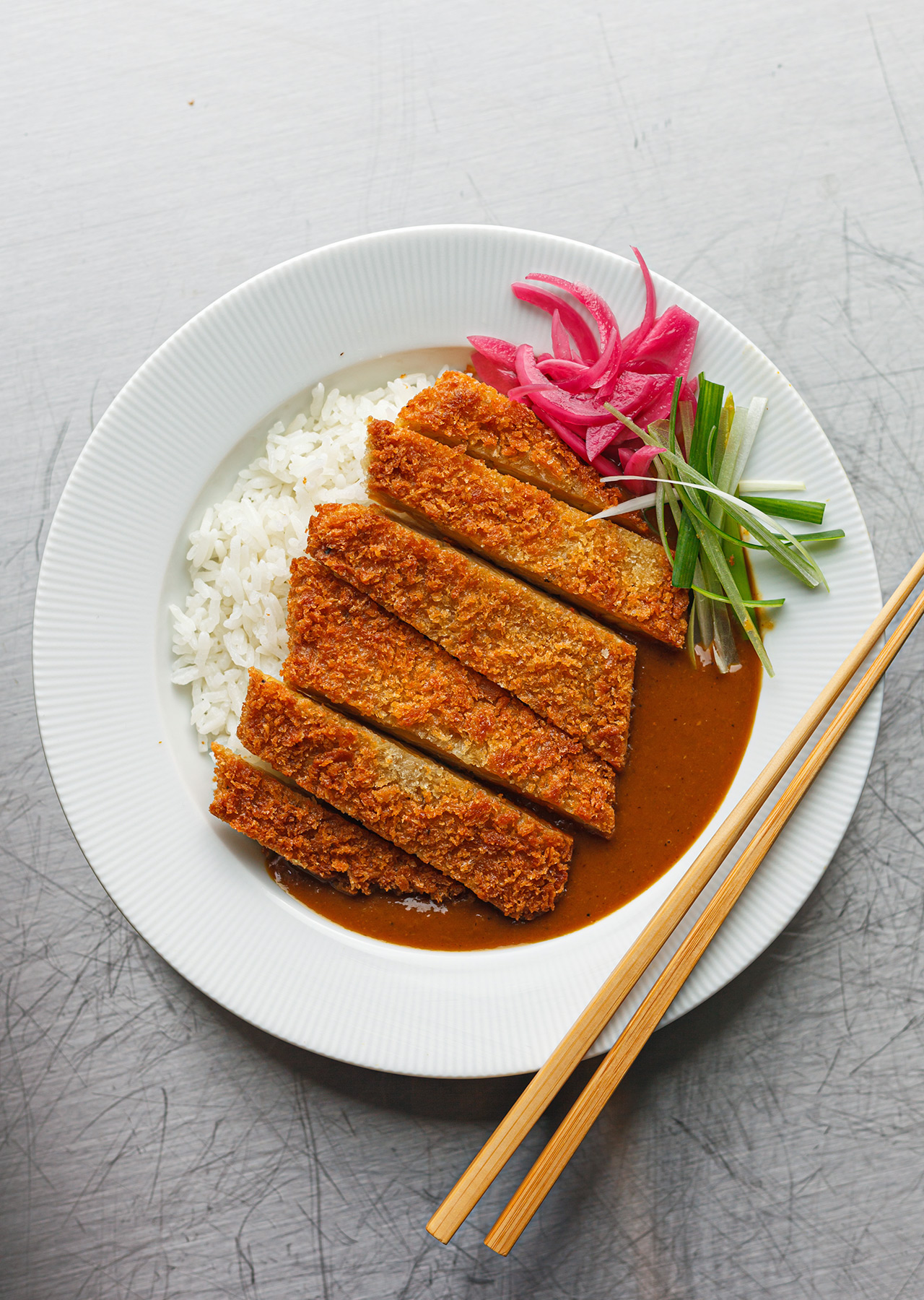
This katsu curry
Key Japanese Cooking Ingredients

Key Japanese ingredients are pretty easy to find in England:
- Tofoo (made in Yorkshire) is organic.
- Miso is another popular ingredient. It’s one of the few foods rich in all the tastes for ‘good umami’ and also good for your tummy! It’s unpasteurised so not for children, pregnancy, nursing or affected immune conditions.
- Seaweed (nori, wakame and kombu) is best to buy, as it’s not sustainable nor safe to harvest yourself and dogs should be kept away from seaweed, as the fronds can dry in the stomach and swell). Avoid seaweed for thyroid issues.
- Look in stores for vegan fish sauce.
How to Make Your Own Vegan Sushi
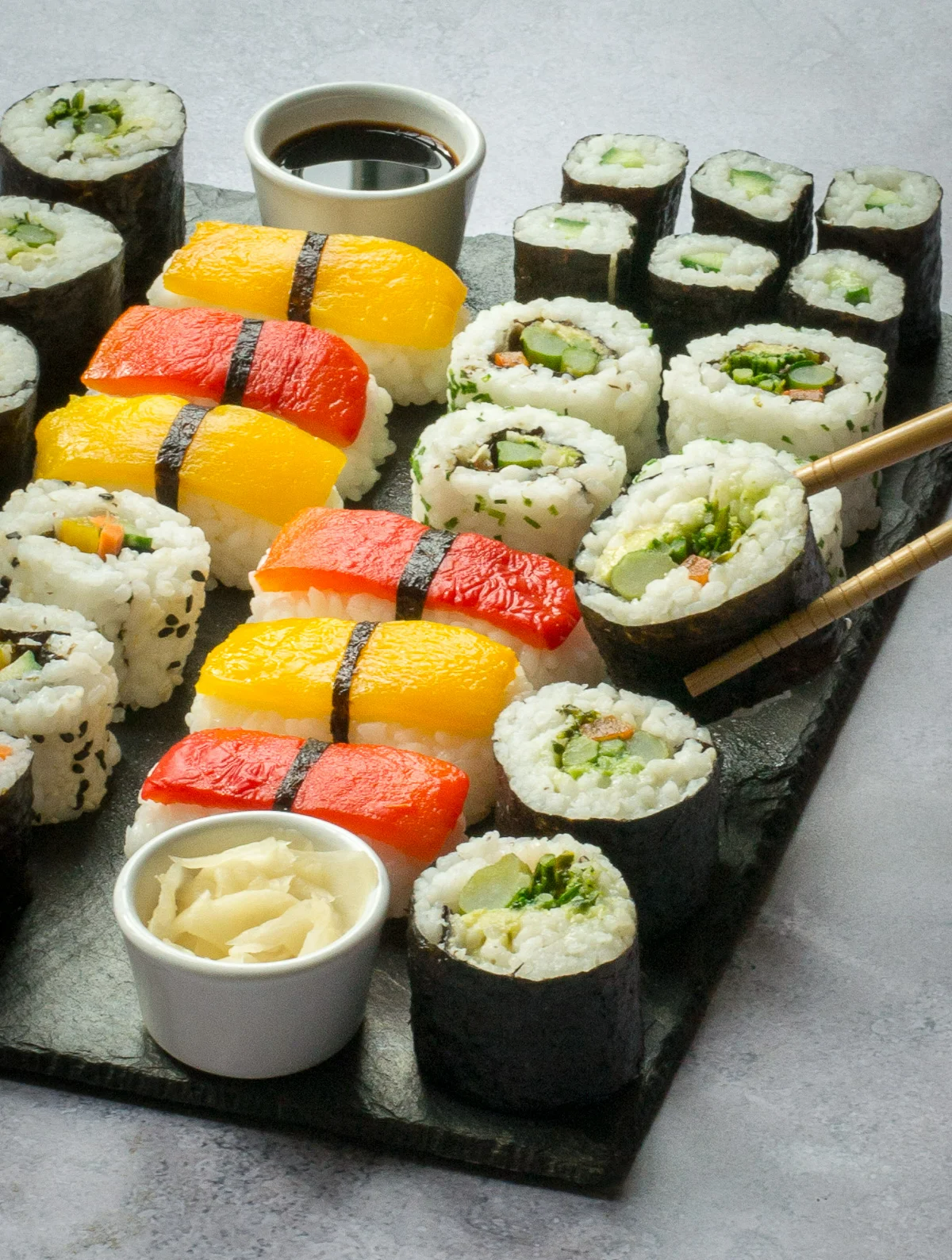
Forget issues with mercury and by-catch. Easy Vegan Sushi (The Veg Space) offers four varieties, using rice, rice vinegar, ginger and nori sheets. Then just assemble with veggie fillings (cucumber, broccoli, carrots, peppers).
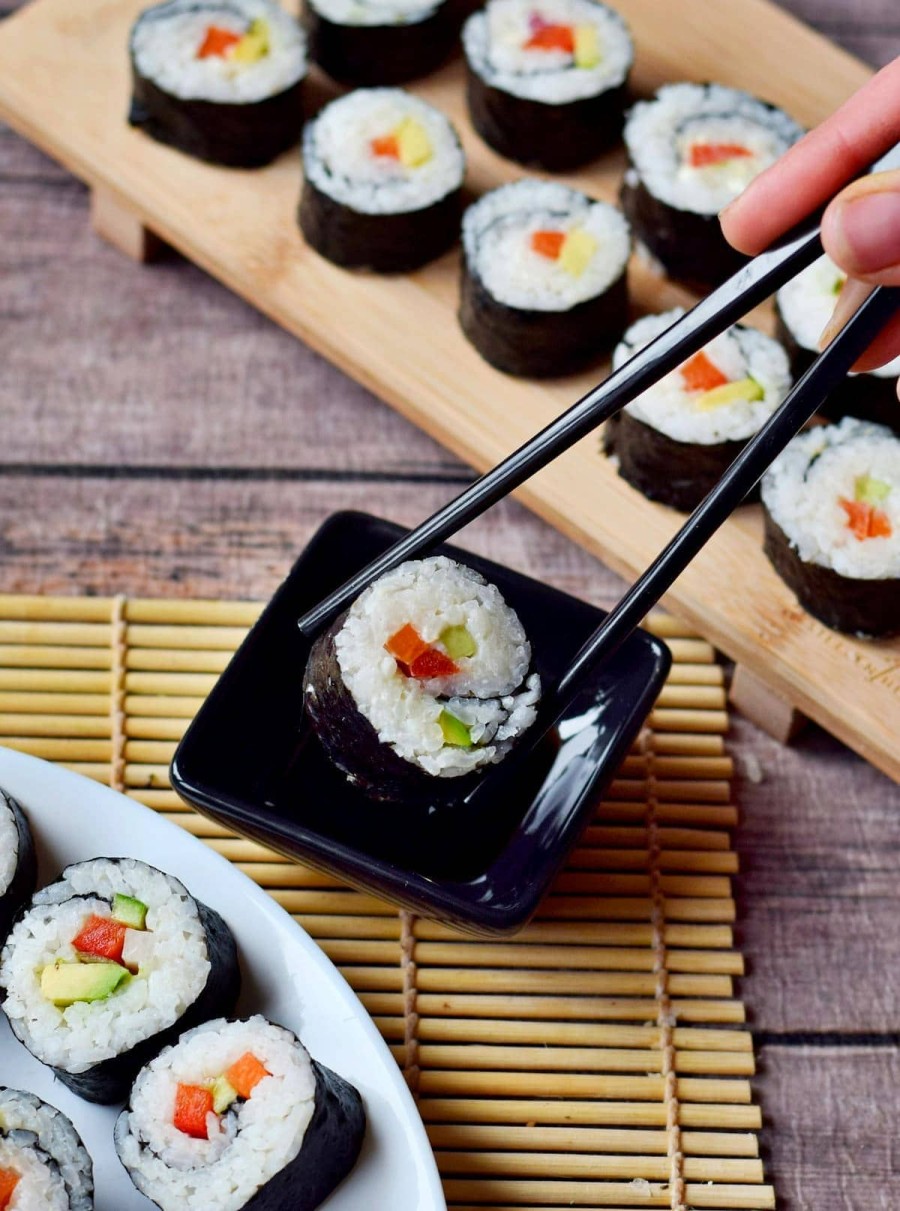
Vegan Sushi (ElaVegan) is a slightly more elaborate recipe, which you can use with your favourite veggies, and even fill with your favourite dairy-free cream cheese.
Moving Mountains sell fishless fillets, which you can use to make vegan sushi (mix with cucumber, pepper, spring onion and vegan mayo, then layer with cooked rice).
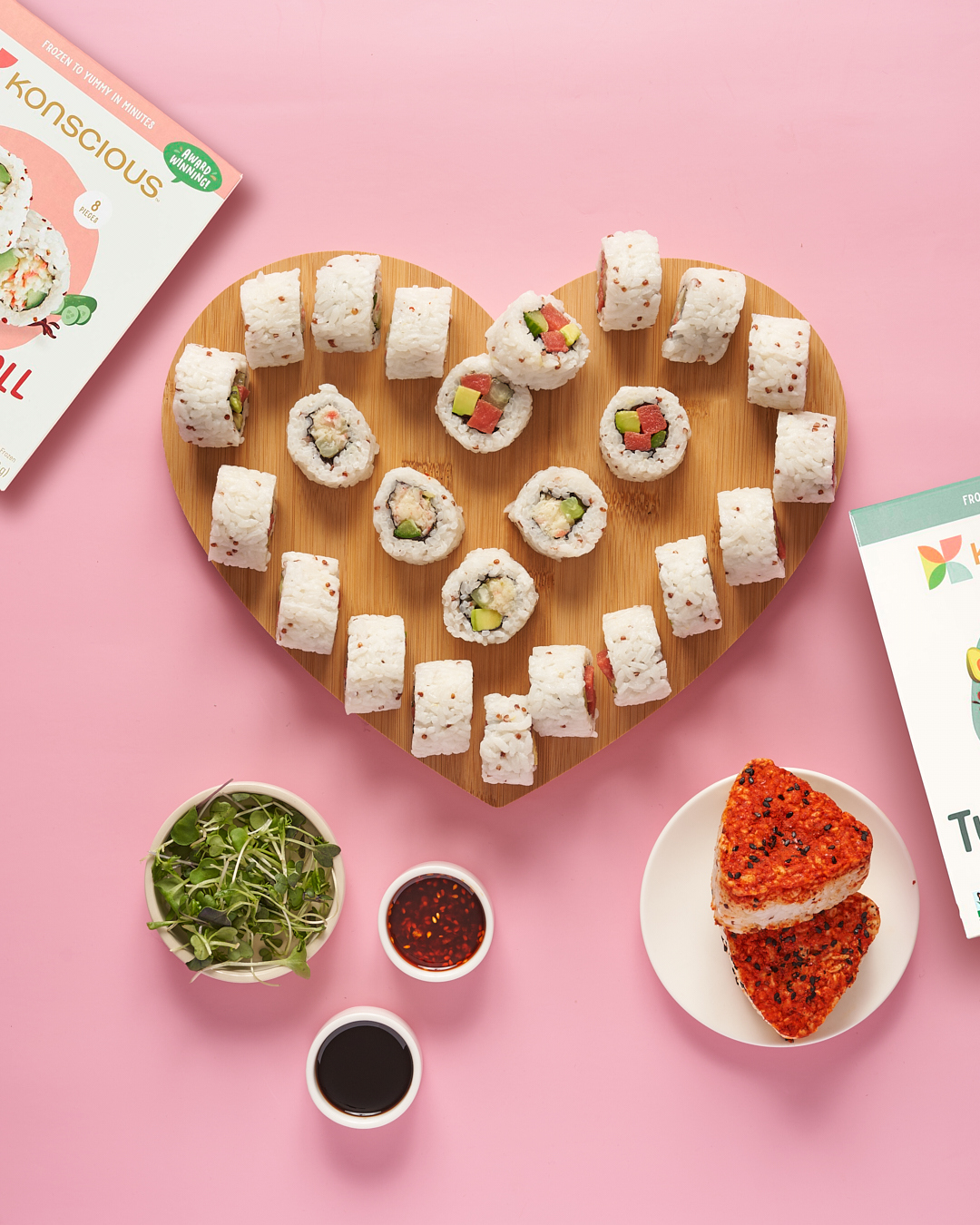
Look in stores for Konscious, store-bought sushi made from whole grains, vegetables, legumes and fruits (in four flavours, plus plant-based salmon and poke bowls). Made by chefs, these meals are flash-frozen and ready to thaw at home.
Recycle packaging at supermarket bag bins, if your kerbside does not collect.
This brand was founded by a young chef who cycled across Canada in his youth, and settled in an area known for environmentalism. After creating one of the USA’s first vegan hot dog brands, he’s now turned his skills to making vegan fish!
Inspiring Lessons from Japan
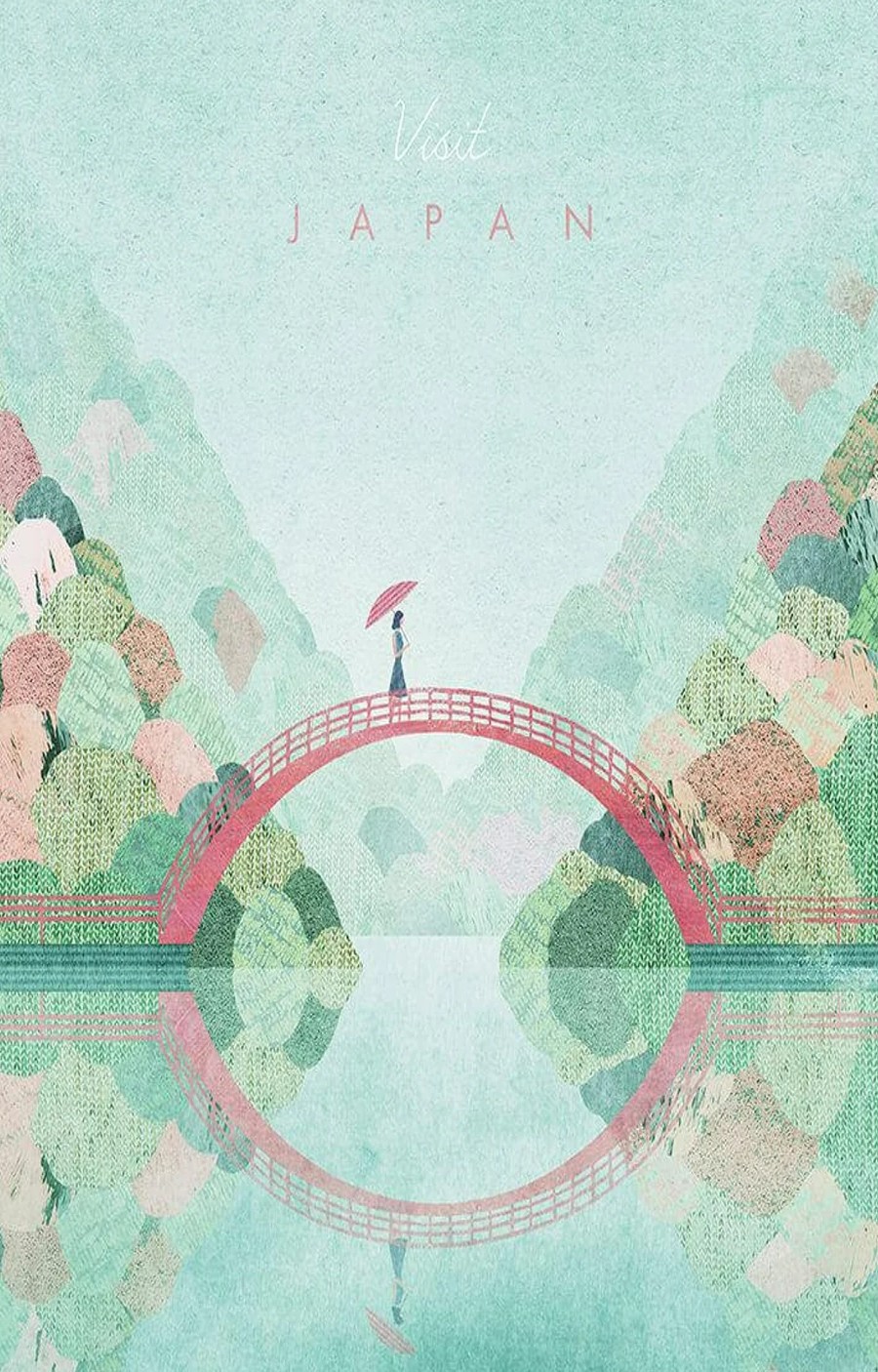
Japan is a unique country, likely most of us has never visited. You may consider Japan as home of lovely buildings, macaque monkeys (who like to throw snowballs in hot springs), but what else do we know about this most unusual of countries?
In fact, it’s home to some of the healthiest people on earth, who regularly live to over 100 with no ill health until end-of-life.
Japan is mostly islands, with only a few urban areas, one of which is Tokyo. But all cities are better at protecting the planet than here, with hardly any litter (like Switzerland).
Animal welfare in Japan is a hot topic right now, after a horse died during a 680-year old Shinto festival. The charity has a long history, beginning after World War II when the founders began to raise money to help emaciated and dying dogs and horses.
Appreciating Our Cherry Blossom (like Japan!)
In Japan, the annual cherry blossom season from the end of March to the end of May is celebrated by everyone, with locals gathering to stop and stare at over 1 million cherry trees for a stunning seasonal spectacle of blooms.
‘Cherry’ Ingram is the Englishman credited with saving cherry blossoms in Japan, after he began to send rare varieties from his own garden to Japan, with help of a network of ‘cherry guardians’.
Cherry blossom trees contain natural cyanide, so keep away from pets, horses & livestock. Read more on toxic plants & trees to avoid near animal friends.
Cherry trees produce stone fruits as well as blossom. Related to plum & peach trees, the flowers produce spectacular blooms that are noted the world over.
When they bloom in England depends on the weather and location, but usually you can find them in full flower in many of the London royal parks, alongside other locations throughout England. With climate change, some trees are now blooming as early as February.


